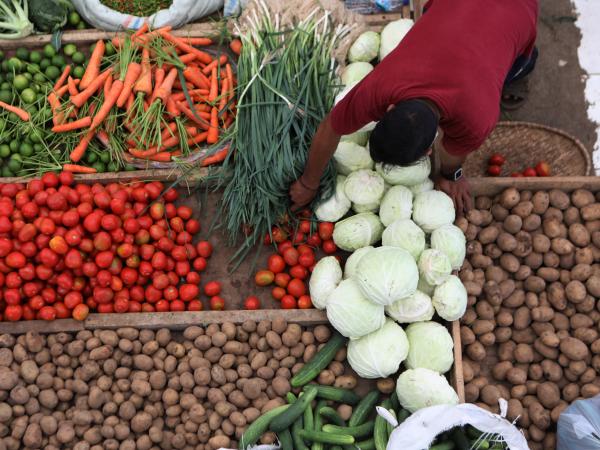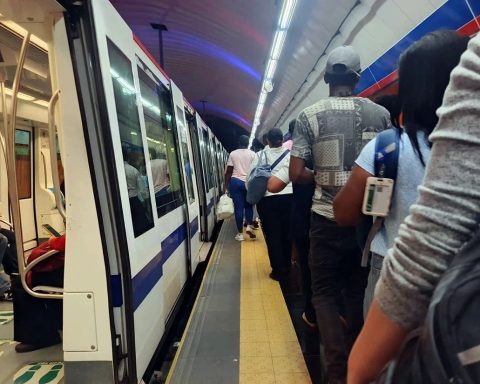Both in Colombia and worldwide, historical figures for inflation have been recorded. Even, for October 2022 an inflation of 12.22% was reported. This situation has generated economic concern.
(Read: Minimum wage: the increase for 2023 could be between 13% and 18%).
Now, the economist and founder of Raddar, Camilo Herrera, in his column this Thursday, November 8, in Portafolio, entitled ‘Inflationary Clarifications’, explains some of the myths that exist around the high inflation figures registered in the country.
Initially, the analyst clarifies that inflation, at a conceptual level, is wrong “understood, used and understood, therefore, it is important to understand it“.
Likewise, given the belief that “inflation is the tax of the poor”, Herrera denies it, assuring that it does not generate more tax collection, except for products with VAT. On the contrary, causes low-income people to buy fewer things.
(Also: Inflation: is it possible to invest in a recession risk scenario?).
Now, regarding the idea that inflation should be low, he assures that this is not entirely true. “We know how hard it has been for Ecuador due to weak demand; let us remember our low inflation rates below 2% in some months of 2010, 2013 and 2020, which were hard times: we must have a balance between high and lowHerrera explains.
There has also been talk of the most recent records inflation has reached its highest in the history of the country. This statement was also denied by Herrera: “Although it is true that we are at the highest figure in 23 years, it is also not the highest when compared to world inflation: if we end this year with an inflation of 13% and the world with 8%, it would be 1.6 times larger than the world, which is less than what we had in 2015 when we doubled world inflation (6.8%, 2.8%), or in 1997, when we tripled it (17.5%, 6%)”.
Likewise, the expert denies that inflation translates only into the increase in prices that people feel. “It is the price increase of a fixed basket of goods and services, assuming that we always buy the same thing and that is why people’s purchases today have higher inflations, in this case, more than 2% additional”, ensures.
(See: The products that hit the pockets of households the most this year).
For Herrera, the high inflation that exists in the country comes from an excess of global demand that caused the prices of basic products to rise a lot “due to the inability of supply to match demand; an effect that is multiplied in Colombia, thus having the higher inflation than Latin America (which is common)”.
For him the situation has two possible solutions. On the one hand, ensures that 36% of the Colombian population has not experienced such high inflation. Therefore, they must be taught to buy in an environment of rising prices.
Secondly, “the current rise in employment causes business sales and household spending to grow in the aggregate (Macro), but not in the purchasing power of many, many people (Micro)Herrera points out.
Here you can read the column: inflationary clarifications
BRIEFCASE















